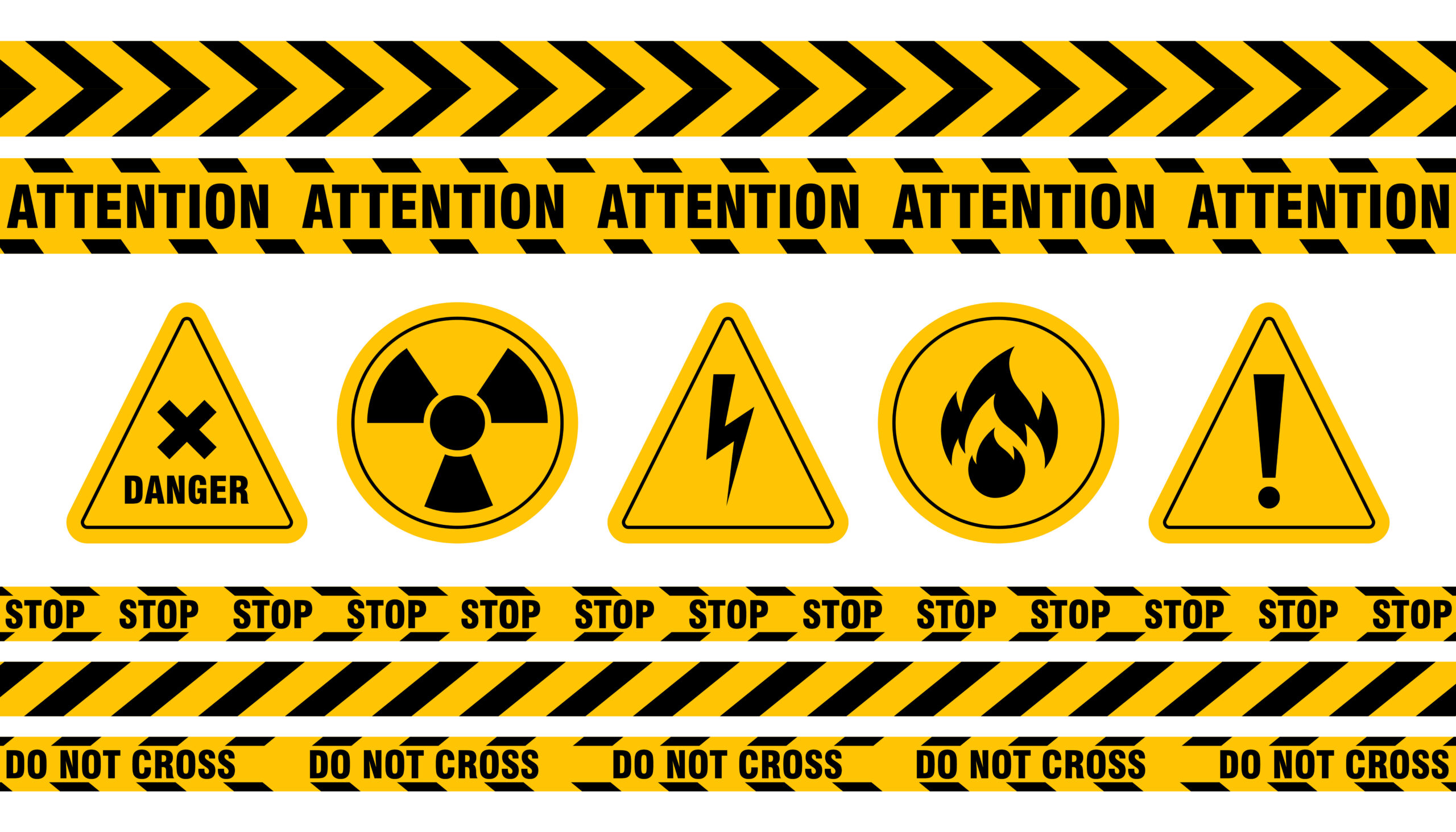School Junction, Ashaley Botwe, 31 Nmai Dzorn Papafio Hills Rd, Accra, Ghana.
Store DetailsGoogle Maps: https://maps.app.goo.gl/aiB2WwW3Z1HvB8Ez6
Mon. – Sat:
6:00am - 5:30pm
Thurs:
6:00am - 4:45pm
- +233 53 900 3030
- 2,845 mi

Discover everything you need to know about safety equipment, from PPE and fire safety to construction and welding gear. Learn their uses, benefits, and must-have tools. Stay protected with CETECH Ghana.
Whether you’re on a construction site, in a workshop, or managing electronics, safety equipment isn’t just helpful—it’s essential. Every day, thousands of workers face risks that can be prevented with the right protection. That’s where safety equipment comes in.
From PPE safety equipment to specialized tools like fire safety equipment, these protective tools save lives, reduce injuries, and promote safe working environments. In this guide, we’ll break down what safety equipment is, the different types available, their uses, and how to build the perfect safety equipment list for your needs.
So, what are safety equipment exactly? Simply put, they are tools and gear designed to protect individuals from injury or illness in the workplace or during hazardous activities. Safety equipment can range from helmets and gloves to full-body suits and fire extinguishers.
Some common examples include:
Safety equipment can be general or specialized depending on the environment—think construction safety equipment vs. welding safety equipment. Regardless of where you work, the goal is the same: protect yourself and others from harm.
Each workplace comes with its own risks, which means you need to match your health and safety equipment list with those potential hazards. Here’s a breakdown of the most common types and their uses:
PPE stands for Personal Protective Equipment. It’s the first line of defense for workers. Whether you’re in a lab, warehouse, or out on the field, PPE safety equipment includes:
Each item serves a unique purpose in keeping workers safe and confident as they go about their tasks.
When it comes to fire, seconds matter. Fire safety equipment is specifically designed to detect, alert, and combat fire emergencies before they escalate. Key items include:
What are the fire safety equipment? These are tools that help prevent, detect, or suppress fire-related hazards. They’re especially crucial in schools, factories, offices, and kitchens.
Welding is one of the most high-risk jobs due to sparks, extreme heat, and toxic fumes. Welding safety equipment is designed to provide full-body protection. Your essential welding gear should include:
Neglecting even one piece of welding gear can lead to serious injuries, which is why this safety category must not be overlooked.
Construction sites are filled with potential dangers: falling objects, sharp tools, loud noise, and more. That’s why construction safety equipment is regulated and mandatory in many areas. A solid construction safety equipment list includes:
When used properly, these tools drastically reduce the risk of injuries and fatalities in construction zones.
From small home garages to full-blown industrial workshops, the right workshop safety equipment list is critical. Depending on what tools and machinery you’re working with, you might need:
These items are especially useful in woodworking, metalwork, or any place with high-speed tools.
Even in lower-risk settings like offices and laboratories, having a health and safety equipment list is still essential. Here are some must-haves:
Having these available can mean the difference between a minor incident and a serious emergency.
If you’re starting from scratch, these five items are non-negotiables for basic safety in any environment:
Whether at home or work, these five tools should be part of everyone’s personal safety kit.
Q: What are safety equipment?
A: Safety equipment includes tools and gear like helmets, gloves, goggles, and fire extinguishers used to protect people from injuries or hazards in their work or daily life.
Q: What are the fire safety equipment?
A: Fire extinguishers, fire blankets, smoke alarms, and sprinkler systems are all part of fire safety gear designed to prevent and handle fires.
Q: What are the safety procedures in maintaining hand tools and equipment?
A: Always inspect tools before use, store them properly, clean them regularly, and follow the manufacturer’s maintenance guidelines.
Q: Safety precautions to take when working with electronic equipment?
A: Use insulated gloves, avoid water, unplug devices before servicing, and use anti-static mats or wristbands when needed.
Q: What are the safety equipment in PPE?
A: PPE includes helmets, goggles, gloves, respirators, face shields, and protective clothing designed to prevent injury or exposure to harmful substances.
Q: What safety equipment should I have at home?
A: Fire extinguisher, first aid kit, smoke detector, safety goggles, and rubber gloves are good essentials for home safety.
Using proper safety equipment doesn’t just prevent injuries—it boosts confidence, reduces downtime, and helps meet legal requirements. Accidents can cost more than just money; they cost time, energy, and sometimes even lives.
Whether you’re managing a team, starting a new project, or simply want to stay safe at home, having the right gear is an investment in your well-being.
Safety isn’t optional—it’s a lifestyle. From PPE safety equipment to fire safety equipment, being well-prepared can turn a potential disaster into a manageable situation. Whether you’re looking to upgrade your workshop safety equipment list or build out a reliable health and safety equipment list for your office, the key is to stay informed and stocked up.
Your safety journey starts with the right equipment. And the best place to get it?
Visit CETECH GHANA STORE, available both offline and online → https://cetechbpa.com/gh
Explore our wide selection of safety gear designed for every environment—from construction to labs to home use. We’ve got your back.
No account yet?
Create an AccountSTAY CONNECTED WITH CETECH GHANA.
Will be used in accordance with our Privacy Policy